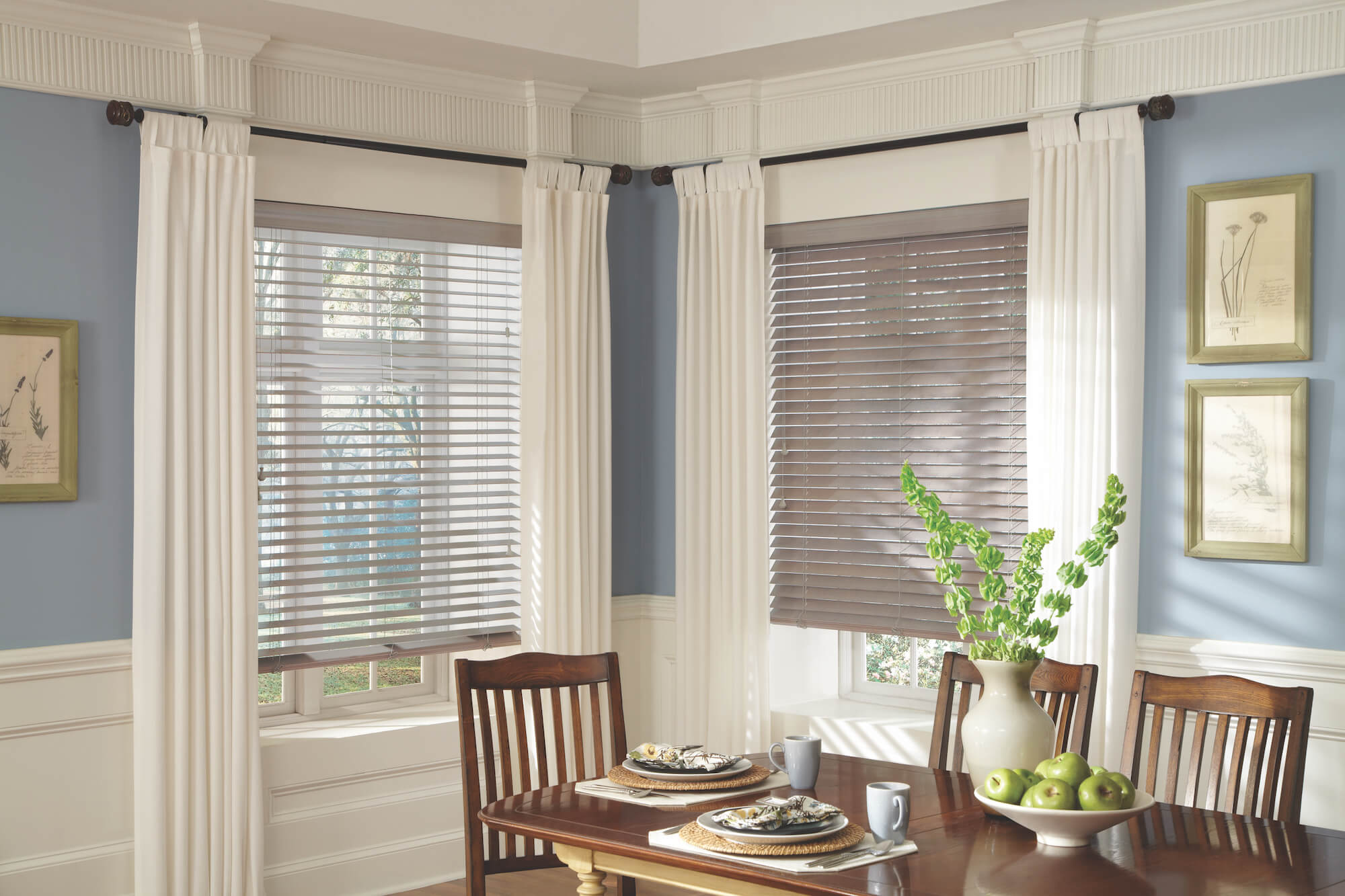Introduction:
When it comes to childproofing your home, window coverings may not be the first thing that comes to mind. However, they pose significant risks to curious children. To ensure the safety of your little ones, it’s essential to choose child-safe window coverings that eliminate potential hazards. This guide will help you make informed decisions about curtain and blinds that are not only stylish but also kid-friendly.
Cordless Blinds:
Traditional blinds with cords can be dangerous for children, as they pose a strangulation risk. Cordless blinds eliminate this risk entirely. They are operated by a simple push or pull mechanism, making them a safer choice for homes with kids. Look for options such as cordless roller shades, cellular shades, or cordless Roman shades.
Motorized Blinds:
For added convenience and safety, consider motorized blinds. These can be controlled remotely, reducing the need for cords or chains. Motorized blinds are a fantastic choice for hard-to-reach windows or for adjusting the lighting in your child’s bedroom without disturbing their sleep.
Cord Safety Devices:
If you have existing blinds with cords, install cord safety devices. These devices secure the cords out of your child’s reach, preventing accidents. Be sure to follow the manufacturer’s instructions for proper installation.
Cord Cleats:
Cord cleats are another child-safe option for managing corded blinds or curtains. These small devices allow you to wind up excess cord and secure it, keeping it away from children. Mount them high on the wall out of a child’s reach.
Tangle-Free Curtains:
When choosing curtains, opt for those with grommets or tabs instead of traditional curtain hooks. Grommet curtains are less likely to tangle or form loops that could pose a risk to children.
Window Guards:
Consider installing window guards or window stops to prevent children from accessing windows and cords altogether. These guards can be easily removed by adults in case of emergencies.
Breakaway Tassels:
Some blinds come with breakaway tassels that separate when pressure is applied, reducing the risk of strangulation. Check for this feature when shopping for blinds.
Cordless Alternatives:
Explore alternative window coverings that are inherently cordless, such as curtains, drapes, or window films. These options eliminate the cord hazard entirely and can add a decorative touch to your home.
Regular Inspections:
Regularly inspect your window coverings to ensure they are in good condition. Replace any damaged or frayed cords, and make sure safety devices are functioning correctly.
Educate Your Child:
Teach your child about the potential dangers of window coverings and the importance of not playing with cords or blinds. An educated child is more likely to avoid risky behaviors.
Conclusion:
Child safety should be a top priority when selecting window coverings for your home. By choosing cordless blinds, motorized options, or implementing safety devices, you can create a kid-friendly environment that minimizes the risk of accidents. Remember to regularly inspect and maintain your window coverings to ensure ongoing safety. With these precautions in place, you can enjoy both style and peace of mind in your child-proofed home.

